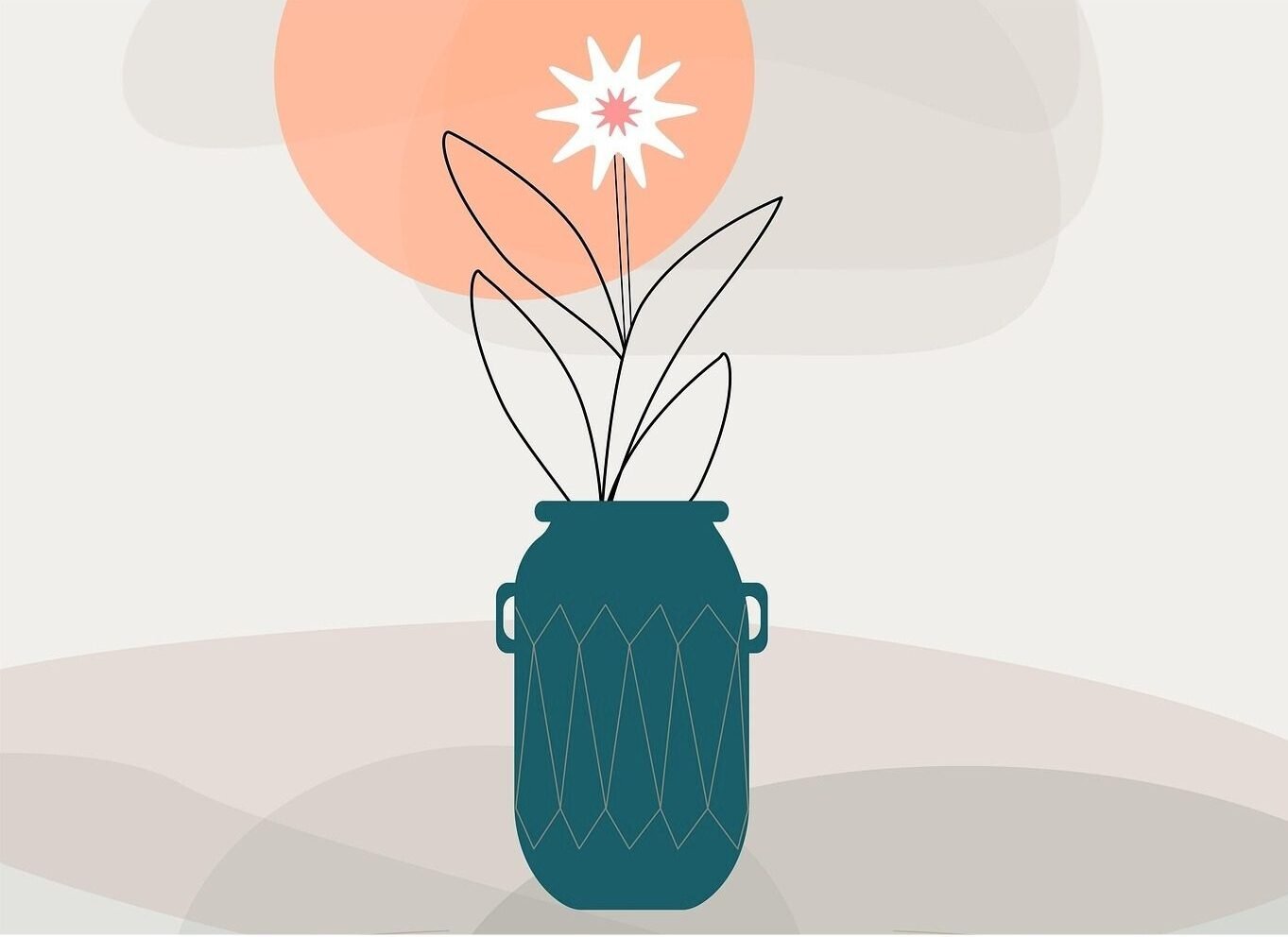
Przed Tobą
- You will see how crucial it is to show investors the specific activity of your product on the market
- I will tell you to create habits towards your products
- You will read how important it is to build products that comply with ethical principles
- I will show you patterns of building habits
Whenever you ask a customer if they like or need your product the chances are (obviously!) they will either say yes or no. If they say they hate it, you might pretty much assume they will not buy it (but not necessarily). The problem is when they say they love it, they buy it, they register or download an app and… never use it again. You are what they call a leaking bucket. And that is always dangerous, even for the large players.
Growth, engagement and monetisation are the metrics that are important to every startup. Growth hacking focuses basically on getting more and more people to „buy” your product. It is, in short a marketing technique developed by technology startups which uses creativity, analytical thinking, and social metrics to sell products and gain exposure. Monetisation refers to the conversion of an object into money, which means that it is generally accepted as a medium of exchange. And engagement is all about creating habits. Without engagement you do not have what they call the returning visitors. Without it you have people download your app and never use it again. Without it you may become the next Google Plus or Ello. With enough exposure to get the whole world to learn about you but with zero engagement that makes people come back for more.
If your startup depends on one time transactions you do not really have to worry about the engagement. You only should analyse the margin and the market to make the whole venture economically valid. But if you are like Facebook or Slack and the only way you can operate is when people come back for more on a daily basis you must think engagement. Therefore you must think habits.
We people are the creatures of habits. Whenever there is an internal or external trigger we may form a behaviour that becomes habitual. Like opening Facebook whenever you are bored or feel lonely or opening Snapchat whenever you feel like there is something cool you want to share with your friends. In his genius book, Hooked: How To Build Habit Forming Products, Nir Eyal teaches how to build habit forming technologies. He shares actionable steps for building products people love and can’t put down. Meaning they will come back for more. And he also focuses on great case studies focusing on behavioural techniques used by Twitter, Instagram, Pinterest to name but a few.
Nir Eyal defines a habit as a behaviour done with little or no conscious thought, and a hook is a design pattern that we see repeated, which engages people and keeps bringing them back for more. A hook is an experience that is designed to connect the user’s problem to your solution with enough frequency to form a habit. Hooks are made up of four steps (trigger, action, reward, and investment), and when these steps are repeated, preferences change and habits take hold. To better understand that you should realise what the trigger is. External triggers are the formal calls to action (CTAs). They are easy to comprehend. They are the information in our environment that tells us what to do next: click here, buy now, sign up! Product people live and breathe CTAs, but often overlook internal triggers: the negative emotions and pain points that spur us to seek solutions. The internal triggers are somehow similar to customers pains, but not entirely. Internal triggers are very often not internally understood by the person who experiences them. Nir Eyal calls it „an itch”. When people are lonely they turn to Facebook; when they are uncertain they turn to Google; and when they are bored they read the news, watch YouTube videos, or scroll through Pinterest. Understand what drives your user and use that information to build a better product.
Nir wants you to answer 5 questions in order to build habit forming products. They are:
- What’s the itch? What’s the internal trigger that I am addressing?
- What’s the external trigger that brings my user to take the key action?
- What’s the simplest behaviour done in anticipation of a reward?
- Is the reward fulfilling and yet leaves the user wanting more?
- What’s the bit of work done to increase the likelihood of the next pass through the hook in the future?
When I recently talked with Nir on the subject he clarified there is a difference between the habit forming and addiction forming. And that you should use this technique in sync with ethics. Changing user behavior to meet your ends in mind is a form of manipulation and raises a number of ethically uncomfortable questions. Nir believes that we have a responsibility to use this information to help people build happier, healthier, more connected lives and that anyone who does not fully participate in the use of their own product is likely not living up to that ethical standard.










Komentarze
Proszę o zachowanie kultury wypowiedzi w komentarzach.